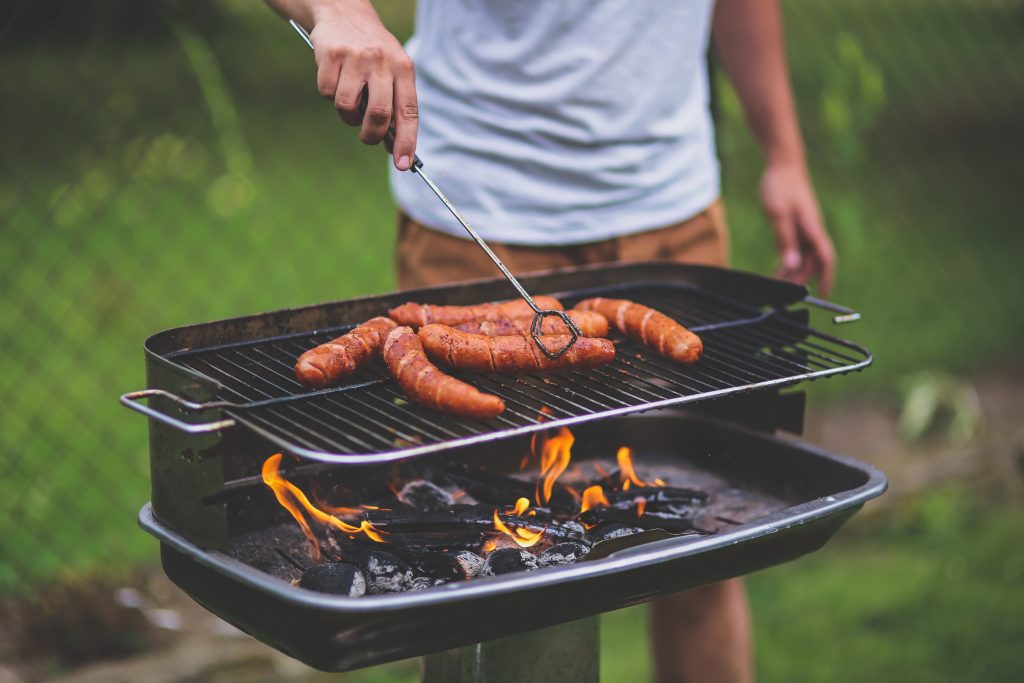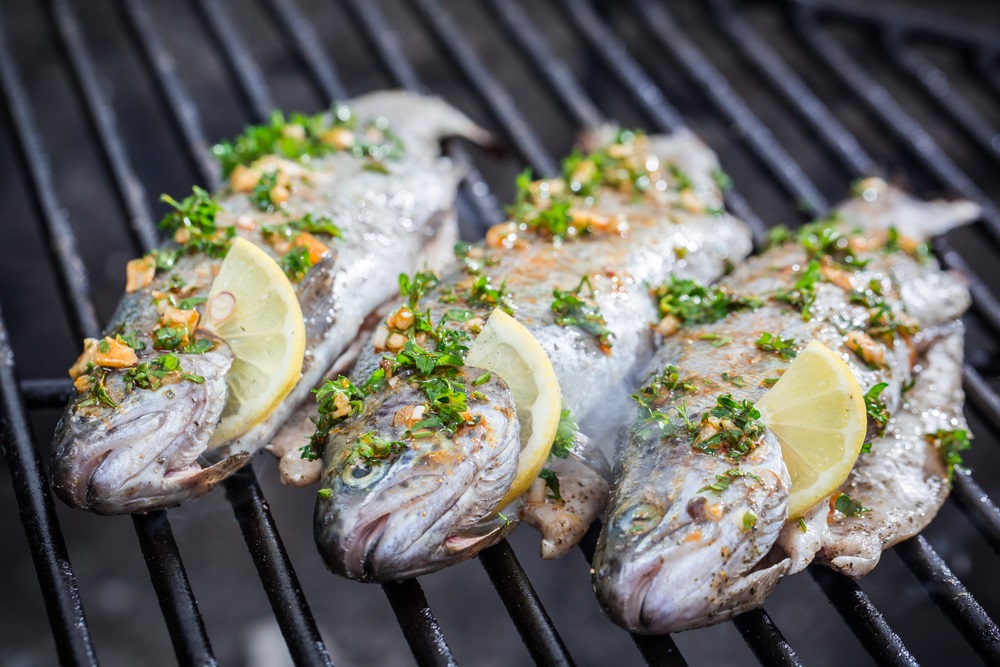Are you a grillmaster or do you share your life with a grillmaster? If that’s the case you know they LOVE their grills, their tools, the food they cook on them and the bragging rights they have when they put a grilled meal onto the table.
Grilling has gone beyond gas grills and charcoal grills even though they do remain two of the most popular grilling choices. Food and cooking shows are popular and highlight unique meals, cooking styles, ingredients and even highlights those who shouldn’t set foot in the kitchen (“worst cook” shows). We’ll bet if you’re in front of the grill you know what you’re doing, right?
If you’re ready to surprise the grillmaster in your life or if you’re a grillmaster looking to try something new, were have a couple of options for you to consider.
Are You Looking For A Barbecue Grill Upgrade?
 These grills can enhance your current gas or charcoal grill or they can be stand alones for the backyard chef.
These grills can enhance your current gas or charcoal grill or they can be stand alones for the backyard chef.
A dual fuel grill. When it comes to grilling a dual fuel grill gives the backyard chef the best of both outdoor grilling worlds. A dual fuel grill has two separate grilling areas with each having its own fuel type.
The advantages:
- The best of both worlds — charcoal and gas
- Gas grills more quickly than charcoal
- Charcoal is considered more “traditional”
- Gas grills don’t provide that “smoky, outdoor grill” taste
- Both give the opportunity for those prized grill marks!
- If you have two foods that need separate cooking times, you can use them both and dinner will be done at the same time!
- They cost about $300, with higher end dual fuel grills costing in the $500 range
The disadvantages:
- The grilling area on both sides may feel too small
- The small charcoal size means you can’t use too many briquettes
- Smoking large cuts of meat will take a lot longer
Infrared grills are the latest and greatest in outdoor grills. An infrared grill uses gas as a fuel source. The gas heats up an infrared heating element that lies between the grill grates.
The advantages:
- Traditional grills cook food and heat the air surrounding the meat imparting that outdoor cooked flavor
- Infrared may give a smoky flavor, the circulation of the air tends to dry the meat out, unless you keep a close watch on it
- The heat is transferred to the grill grates and the juices from the meats don’t run out, sizzle on the flames and impart more flavor. This also means there is a smaller chance for fire flare ups.
- It heats up quickly
The disadvantages:
- Price is a disadvantage. They can start at around $1,000.
- Replacement parts may not be easy to find
Electric grills are not typically something that a grilling enthusiast embraces. They are an option, so we want to share their advantages and disadvantages on this list.
The advantages:
- Safety is an advantage
- There are no open flames — no chance of a flare up
- They can be used indoors and outdoors
The disadvantages:
- They run on electricity; if there is a power outage, you won’t be able to cook
- You may get grill marks but you won’t get that “outdoor” flavor
- They are smaller than most outdoor grills
- Having to run an electric cord could be a safety hazard (and a hazard if the grill is poolside — water and electricity don’t mix)
There are a myriad of other choices including smokers and grills in all shapes, sizes and configurations. If you’re looking for a kitchen upgrade, look at adding a grill to the outdoor kitchen space. If you’re not ready to make that commitment yet, try out different kinds of grills, knowing that they will be different than your traditional charcoal or gas grill.
What is your favorite food to grill? Are you a grillmaster?

